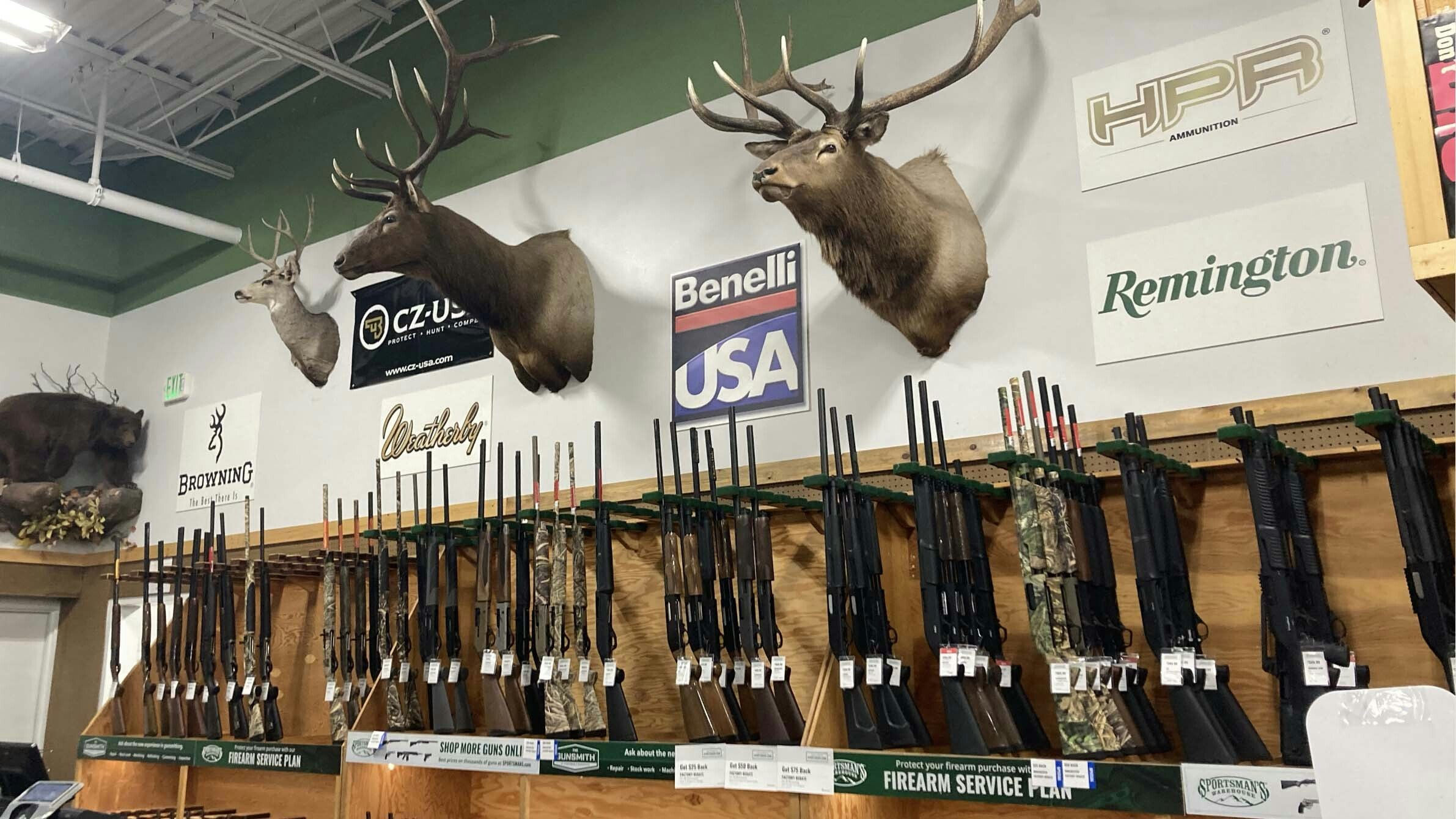Wyoming should get its share of a $300 million-plus in excise tax funds posted by the gun and ammunition industry in the first quarter of 2022, according to a Treasury Department report.
Firearms and ammunition manufacturers paid $300,498,588.23 in excise taxes during the first quarter, according to press releases about the report posted online and in social media by the Rocky Mountain Elk Foundation (RMEF) and the National Shooting Sports Foundation (NSSF).
The report covers sales from Jan. 1-March 31, 2022. That’s a new quarterly record, RMEF and NSSF said, without detailing what previous amounts were.
That money is earmarked for wildlife and habitat conservation, bringing the grand total of such funds raised since 1937 to $15.3 billion, according to the NSSF.
Wyoming Game and Fish Department officials weren’t available on Thursday to comment on what the record windfall could mean for wildlife conservation in the Cowboy State.
Dating Back A Century
The federal Firearms and Ammunition Excise Tax was enacted about 100 years ago, according to information posted online by the Treasury Department. The current rate on that tax is 10 percent of the manufacture’s prices on sales of pistols and revolvers. It is 11 percent on long arms – rifles and shotguns. It’s also 11 percent on civilian sales of ammunition, such as rifle and pistol cartridges and shotgun shells.
The Federal Aid in Wildlife Restoration Act of 1937 allocated funds raised from those taxes for domestic use, specifically toward wildlife and habitat conservation, according to the Treasury Department. It’s commonly referred to as the Pitman-Robertson Act and is touted by hunters as one of their greatest contributions to conservation.
The record-setting first-quarter excise tax funds included $103.4 million from pistol and revolver sales, according to NSSF. There was also $88.4 million for long guns and $108.7 million from ammunition.
Wyoming Spends Big
Spending on guns, ammunition and accessories is nothing new in Wyoming, according to a 2015 study by Southwick Associates, an outdoor research and economics firm.
That study was specific to Wyoming. It covered actual sales dollars, and was unconnected to any breakdown of tax revenues reported by the Treasury Department.
During that year, Wyoming resident big game hunters reported spending about $4.9 million on ammunition, while non-resident hunters spent just under $210,000, according to the study.
Residents spent roughly $7.5 million on guns and bows (there is no listing for firearms alone), and non-residents about $255,000.
Sales for “optics” (such things as spotting scopes, rifle scopes and bow sights) racked up about $9.7 million among residents in 2015, and just over $100,000 among non-residents.





